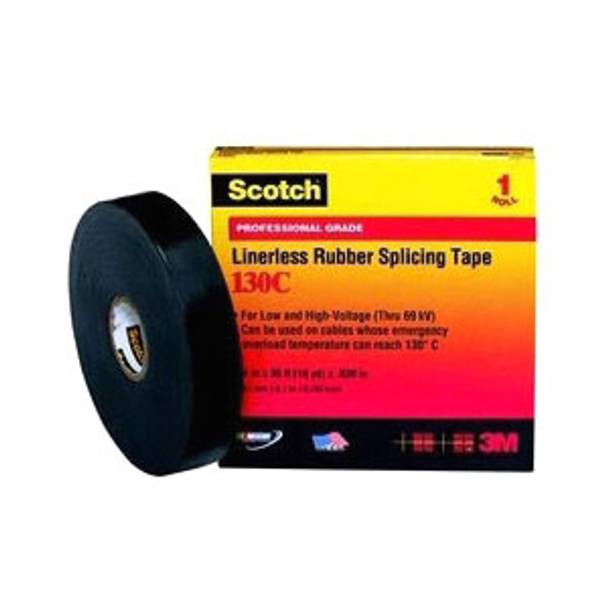Insulating Motor Connections For Reliability
It’s the simple things that we seem to take for granted in an industry where so much experience is retiring away.
How do you properly tape a motor lead connection? What type of tape do you use for a connection, and how many layers? We see lots of motor connections in the field – lots of them. And it is shocking what we find at times. A properly insulated connection is both reliable and safe (funny how safety and reliability complement each other). But it is a topic that seems to be overlooked and taken for granted.
Why does motor connection insulation matter?
The insulation is exposed to the same sources of stress that the mechanical connection itself endures, including:
- Vibration
- Heat
- Moisture
- Contaminants
- Improper handling
- Compression in Jbox (too small)
Therefore, the insulation must not only have the dielectric properties we seek but the mechanical strength as well. We want insulation that is:
- Easily applied in the field.
- Compact within the junction box.
- Electrically suitable for the applied voltage.
- Mechanical and thermally suitable for life in the jbox.
- Removable when we need access!
There are numerous options available to choose from. There are sleeves, boots, and wraps provided in kits. Some include things like wire ties and gel packs. But in terms of convenience, flexibility, and reliability, it is tough to beat a properly taped, bolted lug connection.
Selecting the right tape for motor connections
As a full line electrical distributor, we offer a number of tapes from various suppliers. But our hands-down favorite for motor connections is 3M. 3M makes a quality product and offers extensive training support resources, many of which we incorporate in our programs. We prefer the tried and true standard of a cambric base layer, followed by a rubber tape, with a final application of a vinyl tape for protection. There are other newer options to choose from, but we found this to be reliable, and simple, for both low and medium voltage applications.
- Cambric tape is a cotton fabric coated with electrical insulating varnish. It is abrasion resistant and prevents puncture, which makes it excellent for covering bolts and corners. Applied adhesive up, it facilitates a very clean removal of the insulation when necessary.
- Rubber tape provides the bulk of the insulation and a high degree of moisture protection. The rubber tape is non-adhesive and molds to itself as it is stretched and applied.
- Vinyl tape, though providing adequate insulation for low voltage applications, primarily serves as a protective jacket for this connection.
These 3M Products Will Get You Started
Properly taping a motor connection
You can find content on insulating motor connections in web-based magazines, YouTube, and manufacturer websites. EC&M printed a good article on taping motor lugs a few years back. You can download it here. EC&M article download
| Tape | Application | Instruction | Ratings |
| 3M 2520 Varnished Cambric | 2 layers, adhesive side up. Cover the lugs plus one inch up onto the leads. | Wrap all exposed lug, bolt, and corners to prevent puncture of rubber tape. | 105⁰ C, 8 mils @ 800 V/mil. |
| 3M 130C Linerless Rubber Splicing | 4, half lapped layers | Stretch to 1/3 original width, almost breaking. | 90⁰ C. 69 KV. 30 mils at 750 V/mil. Primary insulator and provides moisture barrier. |
| 3M Super 33+ Vinyl | 2, half lapped layers, extended two tape widths beyond the rubber tape | Pull with tension, compressing the rubber tape | 105⁰ C. 600 volts. Serves as protective jacket for medium voltage apps. |











